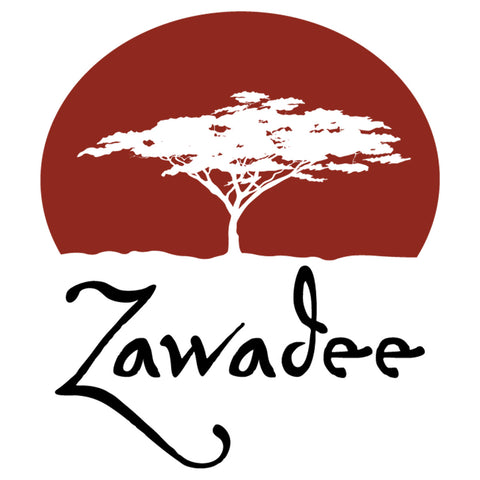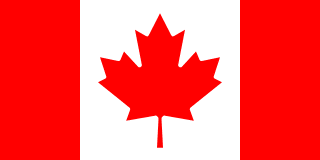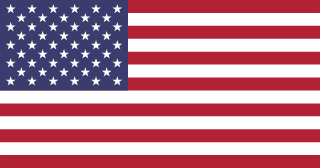Get To Know Africa Series: The Unbelievable Beauty of Cape Floristic
About 25 miles south of the bustling city of Cape Town, tucked near the southern tip of South Africa, is one of the most gorgeous and unique displays of plant life in the world.

The Cape Floristic Region is one of just six designated floral kingdoms worldwide. Africa is proudly home to 129 World Heritage sites, spread over 37 African countries. In 2004 the Cape Floristic Region was designated as a UNESCO World Heritage Site, which includes eight nature reserves and wilderness areas, including Table Mountain National Park.

If you’re planning a visit, be sure to go in the spring—August to mid-October— when you’ll be greeted with an explosion of colorful flowers blanketing the area.
The Plants - 15 million years ago this area was covered by lush rain forest, but today trees are rare. Instead, vegetation on the Cape is largely made up of fynbos—a shrubland mainly comprised of hard-leafed evergreen, and fire-prone shrubs. The air is dry and all plants must survive the rocky or sandy, nutrient-poor soils. Good drainage is a must for the plants on the Cape. The most recognized plant species in the region are the proteas. These showy shrubs have large flower heads in a variety of colors. Earth Rangers has created a lovely video gallery of flowers indigenous to South Africa. Definitely worth a look - so beautiful!
Renewal from the Ashes - Periodic fires are essential to the ecosystem process on the Cape. Rather than being destructive, many plants depend on an occasional burning of their habitat. Ideally the vegetation needs to burn about every 15 years, for new growth to occur. Proteas are specially adapted to survive wildfires—their thick underground stems contain dormant buds that produce new growth after a fire. The Cape Orchids are also dependent on fire to thrive. Most are dormant for long periods, but after a fire they may spring into glorious bloom.
Don’t Forget the Animals - Flashy flowers may steal the show, but there are also many distinct animals—some of which are only found in this tiny region. You can find 320 different species of birds in the area, with six being endemic. The cape sugarbird, orange-breasted sunbird, protea canary and cape siskin all call this small corner home.
There are 90 species of mammals living in the area. Perhaps the most impressive is the bontebok—a graceful antelope that was nearly extinct in the mid-1800’s. But thanks to some dedicated conservationists, it now numbers about 2,000.

Reptile diversity is also pretty high, with around 100 species. There are five species of tortoise found almost exclusively within the Cape Floristic Region, including the geometric tortoise, which is one of the rarest in the world. There are only about 2,000-3,000 left on the planet.

You can also find 230 species of butterflies fluttering through the region, which must be quite a site when the area is in bloom. You will learn about the incredibly diversity of plants and animals in the Cape Floristic area, as well as the challenges facing the health of the flora and fauna of the Western Cape.
"Home to 7000 unique plant species, South Africa's Cape Floristic Region boasts the richest flora biodiversity in the world. But fires, agriculture, poaching, illegal felling and expanding urbanization are threatening this unrivaled stretch of earth." Source: Global Ideas
Outside Impact on the Area - Although the Cape Floristic Region is protected land, there are still threats to its neighboring areas. Because of its close proximity to the city of Cape Town, there’s the ever-present danger of urban encroachment. In addition, the prime weather has also led to an expansion of agricultural land for vineyards. But the greatest threat to the region is invasive alien plant species. These plants have already invaded about 70% of the mountain and lowland fynbos. If gone unchecked this incursion will be devastating to the area.
These beautiful, soft scarves are all handmade in the small country of Swaziland by talented artisans using specially developed dyes. A wide variety of materials, colours and styles are available.
Looking to echo the vibrant colors of the Cape flowers in your wardrobe?





